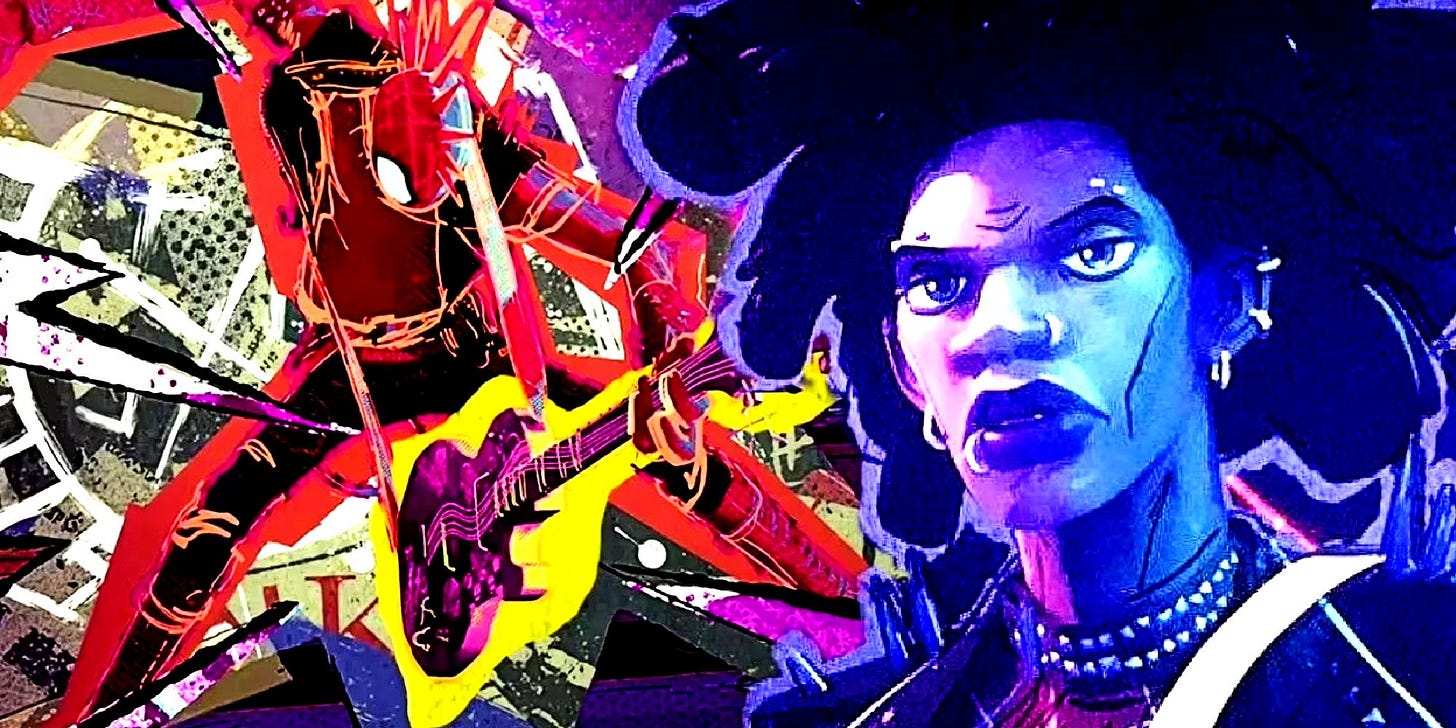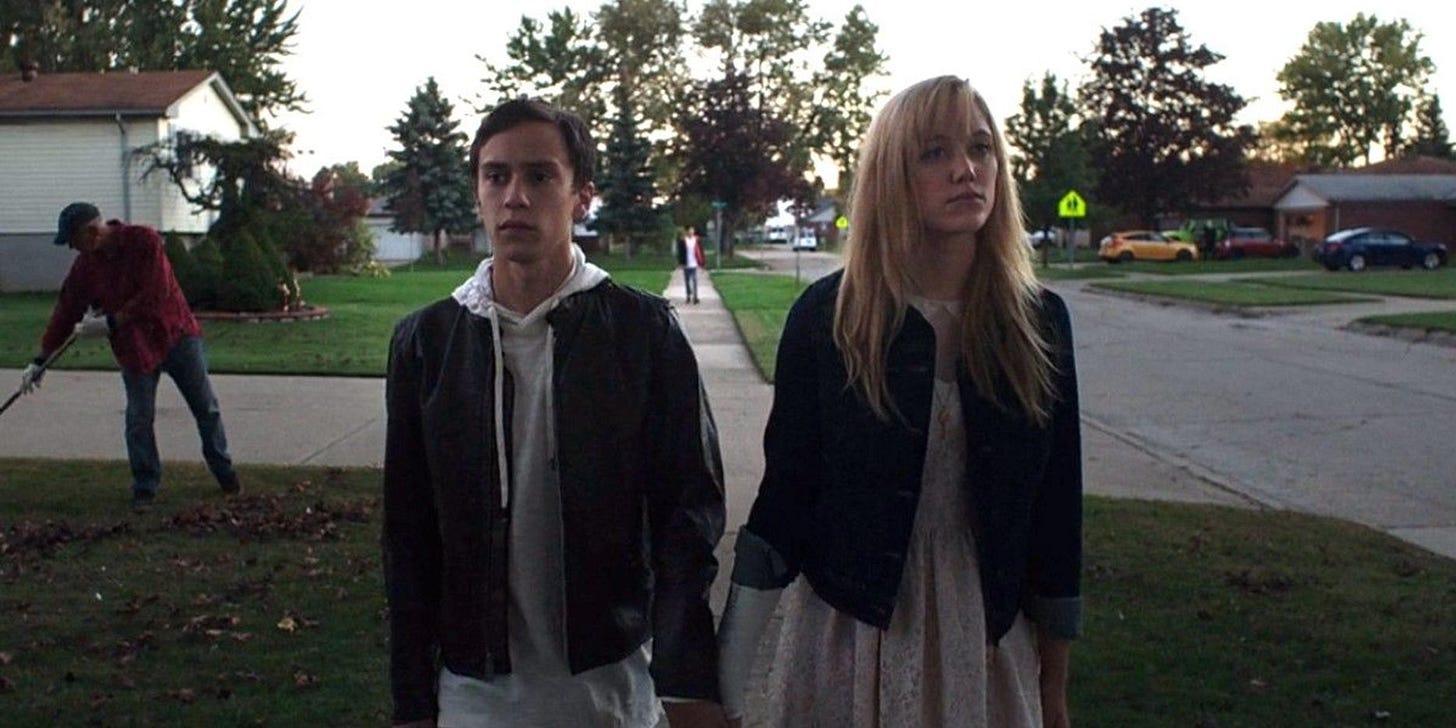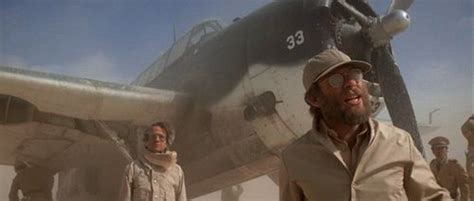
I’ve read a lot of articles recently that chuck around the phrase, “the logic of late-stage capitalism” as a kind of rhetorical flourish. Hell, I’ve probably written a few myself, so I‘m not throwing any shade here. But it’s hard to read these words without thinking about the oft-quoted line (attributed to both Frederic Jameson and Slavoj Žižek) that, “it’s easier to imagine the end of the world than the end of capitalism.”
Saying we’re in “late-stage capitalism” though, kind of implies that we’ve moved through earlier stages and are now somewhere near a known ending. It has all the portentousness (and silliness) of a song by The Shamen. The logic at play here is more Captain Kirk than Mr Spock, enabling us to turn out despairing articles, give a Gallic shrug and then pop down to Waitrose for more hummus without troubling ourselves too much with what might actually come next.
From a historical perspective, this feeling is familiar. As far back as ancient Rome, figures like Cato and Cicero made their names partly by weighing in on the decline of civilisation. So believing the end is nigh seems to be a recurring cultural pattern. In my own lifetime alone we’ve had nuclear annihilation, Y2K and the War on Terror. None of these were trivial periods to live through, but we often seem to dramatise the present moment as a final gasp. Maybe, it helps to give the quotidian a glamorous touch of black lipstick. And maybe that’s part of the horror genre’s appeal (well, that and the lipstick).

Which brings me to It Follows, a horror film that explores a lot of things, but at least one of them is investigating the unrelenting dread resulting from being pursued by an ending. In the film, Jay, a young woman becomes the target of a shape-shifting supernatural entity after a sexual encounter. This creature follows her at a walking pace, killing its victim when it catches them. The entity can look like anyone. It never stops. It can be delayed by passing the curse on to someone else, but ultimately (the repressed) always returns.
Enjoying this? Buy me a coffee?
Which makes the movie and It an eerie metaphor for Capitalism: an often invisible entity, that becomes known only to its victims (something which it bears in common with Carpenter’s They Live) and which can only be avoided by exploiting other victims in a sort of manic Ponzi scheme.
Much of the creeping fear that the movie engenders is due to Its nature. Because the creature at the movie’s core can’t be reasoned with, it has the implacable quality of a primal force. It can look like your neighbours. It can look like your parents. It wears the mask of what you know.
Like Capitalism then, the entity in It Follows demands that we keep moving and keep the questions to minimum: that we keep on running, spending and consuming. It wears us down. Slowly, quietly and relentlessly.
During the film’s finale, the protagonists try to trap the entity in a swimming pool. For a moment it appears that the gambit might have worked. Jay survives, but the final shot shows her walking away with her boyfriend while, in the background, a figure walks behind them.

That circular, open ending is one of the things that makes It Follows so compelling and disturbing to me. The curse hasn’t been ended, it’s merely been postponed, unresolved. And that feels a lot like the emotional register of whatever this thing is that we call “late capitalism”.
We’re integrated components of a system that is dizzily documenting its own demise, but the endings that we might reasonably expect: collapse, revolution and transformation never quite arrive. (For me, there’s something of a parallel here, between that bit of old post-punk wisdom that any significant resistance ultimately gets packaged up and sold back to society as a life-style.) We’re controlled by the very system we’ve constructed. Telling ourselves that there is no alternative, instead of an ending we get packaged decline, reboots and bit-rot.
This is why the term “haunted capitalism” feels a more appropriate epithet to me than “late-stage.” Capitalism doesn’t die, it persists, populated and animated by the ghosts of futures that never fully arrived: dead city centres, empty social media networks and nostalgia for discontinued chocolate bars. We’re surrounded and invested in an epistemological infrastructure that exists only as a sort of grim hangover cure.
It’s entirely possible that Timothy Leary’s exhortation to “turn on, tune in, drop out”, might be one route out of our current predicament. Not as escapism, but as refusal. As a way of unthinking the system we’ve convinced ourselves is “natural.” Most economists seem to agree that our current economic model has its roots in the changes wrought during the 17th century such as early industrialisation, enclosure and colonial trade.
So before that, there were other logics and other systems available. Not better, necessarily, but different. So Hyper-capitalism isn’t inevitable. It’s no more a function of human nature than a Saturn V rocket is a function of a matchstick.
Having fun? You could buy me a cuppa, Guv’nor
It Follows doesn’t offer a clean ending. But then neither really does Capitalism. That is its horror and its ultimate trick, teaching us to fear its (almost but never quite materialising) collapse while numbing us to the horror of the present. Perhaps, it’s more accurate to think of it as a curse that we carry, not a structure we can challenge.
So, to resist haunted capitalism, perhaps we have to do more than call it “late.” Perhaps we have to try to imagine the unimaginable: not an apocalypse, but a departure. A refusal. Maybe that is something that we as fantasy, horror and science-fiction writers can do. We can lean-in to the job of re-worlding our future. Rather than documenting dystopias we can attempt to imagine how we might finally break the curse, by envisioning a world that no longer accepts it.
Because, failing that, I don’t think there’s a swimming pool big enough.


